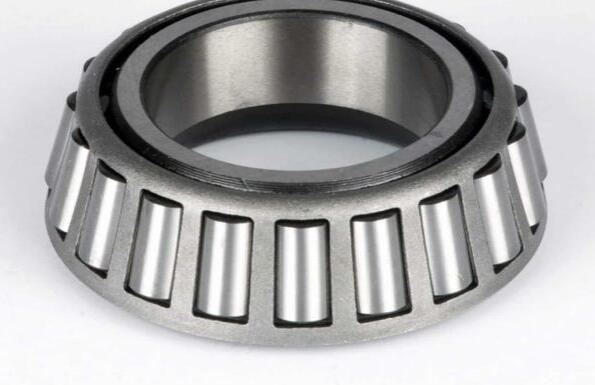It is very important to use proper amount of grease for bearings in practical applications.Usually, the inner space of the bearing should be filled with grease about one third to one half.Less grease will lead to insufficient lubrication of the bearing, and too much grease will cause eddy current.Both of these conditions lead to excess heat and a rise in temperature.When the temperature of the grease rises, the viscosity will decrease and the grease will become thinner.This will weaken the lubrication effect, but also increase the loss of grease in the bearing, may also cause the separation of grease components, leading to the failure of grease.With the failure of grease, bearing torque will increase.Torque may also be increased due to grease resistance when too much grease creates vortices.For best results, it is best to have enough space in the bearing seat so that excess grease can be thrown out from the bearing.However, it is equally important that the bearing is surrounded by grease.If the gap between bearing types is large, the grease should be sealed to prevent the grease from flowing out of the bearing area.

Only in low-speed applications can the bearing seat be filled with grease be considered.This lubrication prevents the entry of external impurities when sealing is insufficient to exclude contaminants or moisture.When the equipment is not in operation, it is advisable to completely fill the bearing housing with grease to protect the bearing surface.Before the next run, remove excess grease and restore the appropriate amount.The equipment using grease shall have grease filling holes and ventilation holes at opposite ends of the top of the bearing seat.There should be a drain plug at the bottom of the bearing seat to drain the aging grease from the bearing.The bearing should be lubricated regularly to prevent bearing damage.However, the intervals of lubrication are difficult to determine.If you do not have such experience, consult your lubricant supplier.
Timken offers a variety of lubricants that help bearings and related components operate efficiently in demanding industrial working conditions.High temperature, wear resistance and water resistant additives can provide better protection for bearings in harsh environments.Timken bearings also offers a range of single and multi-point lubricators to simplify grease filling.In general, in industrial bearing lubrication applications, grease is easier to use than lubricating oil.Most bearings, after initial application of grease, need to be relubricated periodically in order to work efficiently.The grease should be filled into the bearing so that it enters between the rolling body and the raceway.
In the workshop where the bearing needs to be frequently added with grease, it is appropriate to select the mechanical grease filler to squeeze the grease into the bearing.Regardless of the method used, a small amount of grease should be applied to the outside of the roller after the grease has filled the inner area of the bearing.
For any application, the two main considerations in determining its re-lubrication cycle are operating temperature and sealing performance.Obviously, leakage of the seal will result in frequent re-lubrication.Try your best to maintain the seal at the highest performance. Grease should be added immediately whenever the amount of grease in the bearing drops below the required amount of grease.When the lubrication performance decreases due to pollution, high temperature, moisture, oxidation or other factors, the grease should be replaced.





